
The digitalisation of physical processes through digital applications is now ubiquitous. However, it is not always easy for developers to understand the precise needs of the customer. The objective is therefore to link these two actors through a document that summarises the precise needs of the client: the functional specifications.
In this article, we will introduce the functional specifications while making the link with the SAP ERP.
Introduction to functional specifications
The aim of functional specifications is to describe all the functions of a software, a website or an application, in order to determine the functional scope of the project. Indeed, they are based on the expression of customer needs and are transcribed within the project specifications. Furthermore, they are essentially based on the user experience, i.e. on the functioning of the user interface, which differentiates them from technical specifications.
It is also important here to remember that functional specifications are expressed in terms of functionality and not in terms of solutions.
GFS or DFS?
There are two main types of functional specifications: the GFS for General Functional Specifications and the DFS for Detailed Functional Specifications. But in reality, what are the differences between the two?
Firstly, GFSs describe a business model, developed by the project owner, whereas DFSs are developed by the project owner.
GFS
As the name suggests, the GFS represent the general functional specifications. In other words, they are the main functionalities to be included in the solution. The project owner (customer or client) is the master of the elaboration of this document.
DFS
On the other hand, the DFSs represent the detailed functional specifications. Their purpose is to detail precisely the functions described in the DFS. In addition to the main functions, the DFSs also include the necessary sub-functions. This time, the project owner (the implementer) is the master of the elaboration of this document.
SAP – Functional specifications
Yes, functional specifications also have their place through SAP!
When the business wishes to computerize a complex process in SAP, or simply to be able to use more functions (standard and/or specific), it is strongly advised to draw up a functional specification. This is even essential when creating one or more specific programs.
There are several types of SAP functional specifications depending on the customer's needs. There are templates of functional specifications by need. These are based on the WRICEF (or FRICEFW) acronym:
Each of these templates contains sections that need to be expanded depending on the configuration or development to be performed. In addition, SAP offers its own templates directly from its support portal accessible via the following link: https://support.sap.com/.
The content of the SAP functional specifications
Ok, writing a functional specification sounds interesting and useful, we get the point. But in reality, what do you really need to put in it?
Generally speaking, in each functional specification, whatever the type of need (workflows, reports, etc.), there are two main parts: the context as well as the design of the solution.
The context
This first part of the functional specification contains information related to the general context of the application. Thus, it includes the detailed business process, an explanation that justifies the specific development, the different possible alternatives, the dependencies with other programmes, the relevant links....
The design of the solution
This second part of the functional specification contains information related to the conception and design of the solution. Moreover, this part may vary slightly depending on the type of need. Thus, it includes the design of the user interface, the necessary authorizations, the flow diagram, the management of validation steps or errors, etc.
To conclude
Depending on your working methods (agile method, V-cycle, etc.), the methods for designing functional specifications will change. For example, in the V-cycle, the functional specifications are detailed at the beginning of the project, whereas in the agile method, they are built as the project progresses.
In any case, a correctly written functional specification will undoubtedly allow the solution to be put into production quickly and functionally. It is therefore very advisable to attach particular importance to it.
Would you like unlimited access to our entire SAP training library? Test our training platform free of charge for a 7-day trial period.

Pierre Balbinot
SAP functional consultant, EAM (Enterprise Asset Management) and PP (Production Planning) expert.

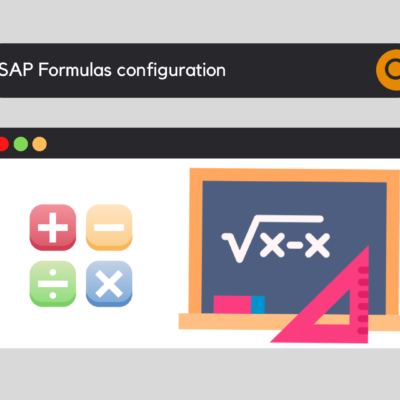

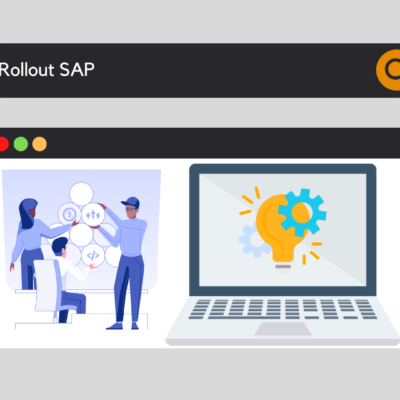
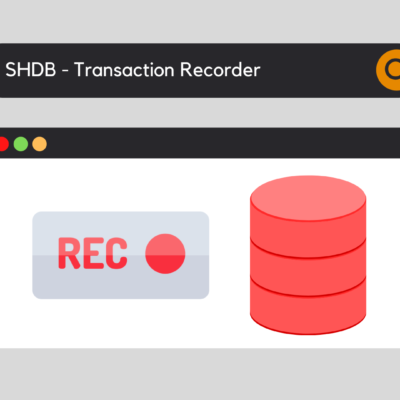
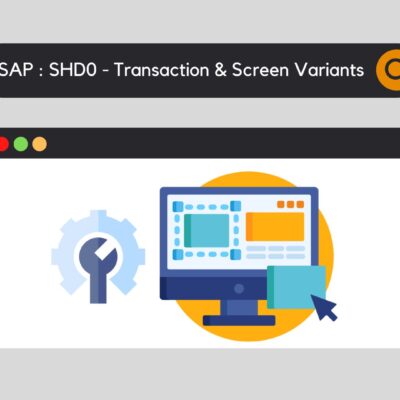
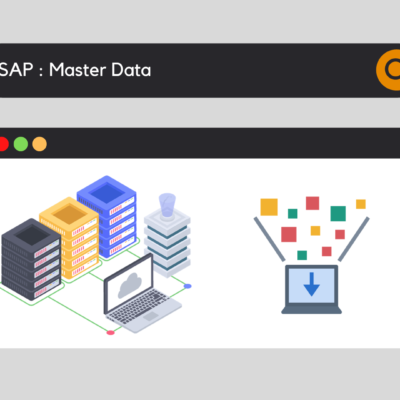

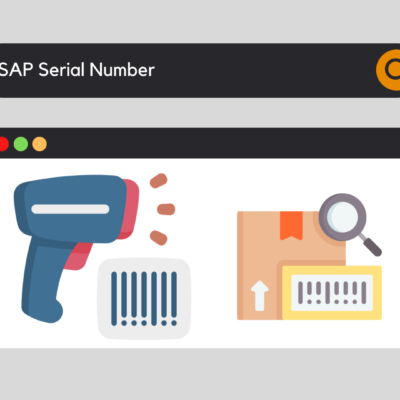
Amaury
A more complete illustration with the parties involved in drafting these specifications seems essential, as well as perhaps an illustration on a "simple" concrete case. An example might be the "extension of a site", the creation of a new site, or the integration of a 3PL (Third-Party Logistics).